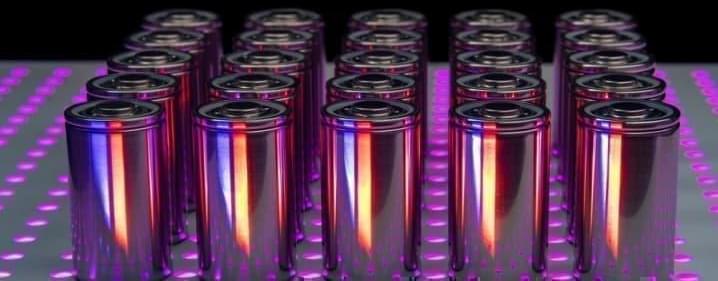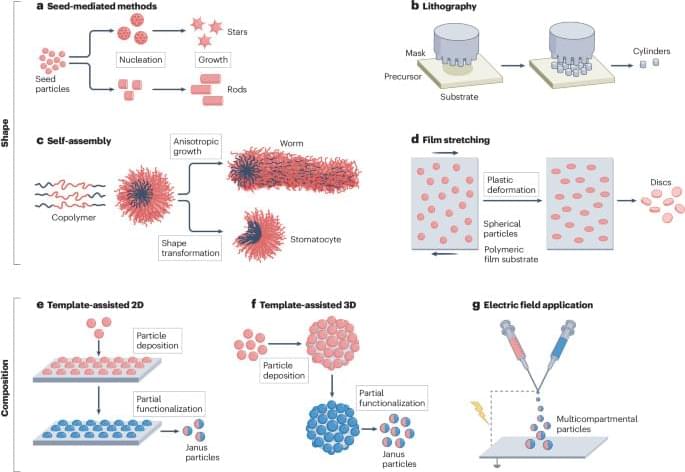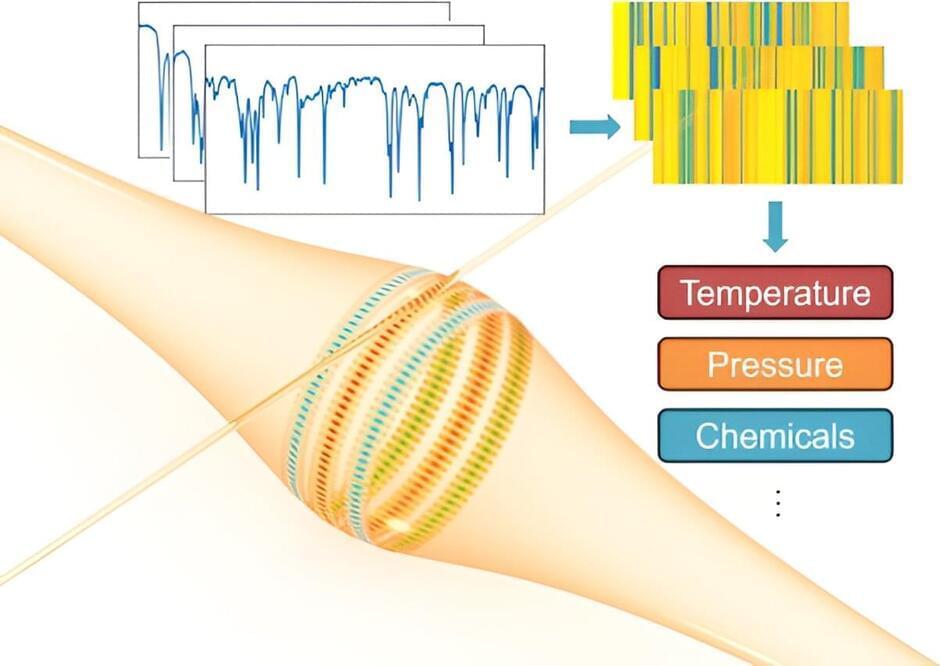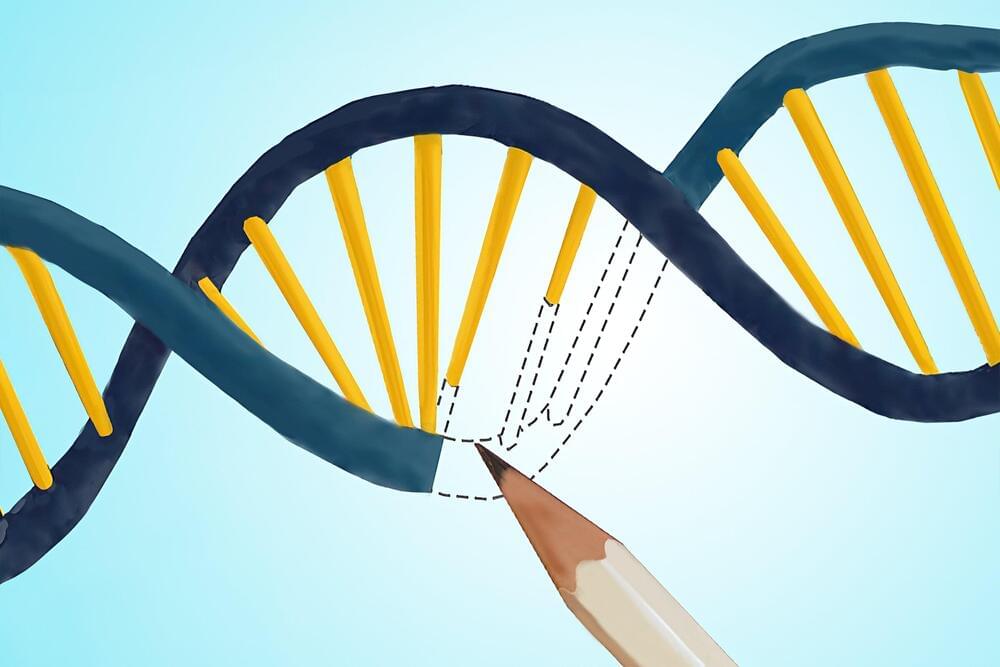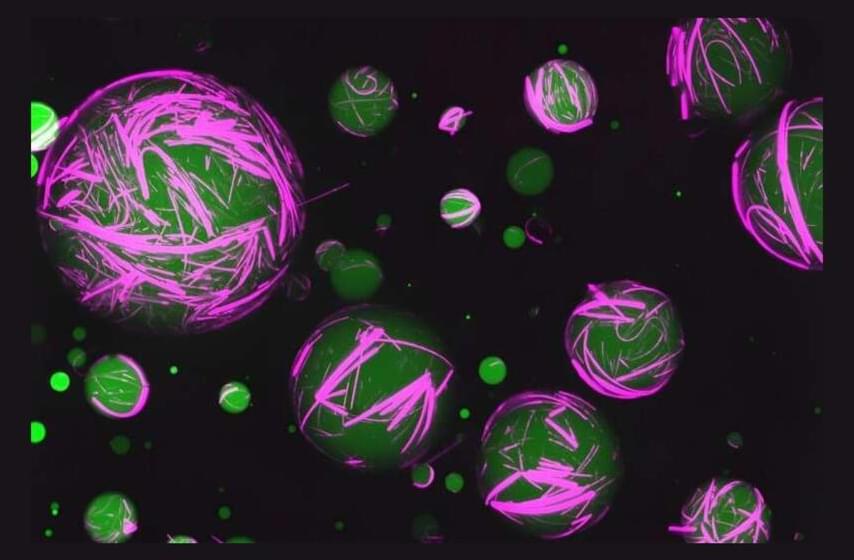Self-assembling molecules that spontaneously organize themselves to form complex structures are common in nature. For example, the tough outer layer of insects, called the cuticle, is rich in proteins that can self-assemble.
Self-assembly is a cost-effective, environmentally sustainable and quick way of manufacturing nanostructures with critical applications in various industries, ranging from therapeutics to self-replicating machines.
Harnessing the self-assembling abilities of proteins from the cuticles of Asian corn borer moth caterpillars (Ostrinia furnacalis), Nanyang Technological University, Singapore (NTU Singapore) scientists have created nanosized capsules that could be used to deliver drugs and messenger RNA (mRNA). mRNA is a molecule that instructs cells to produce proteins and has been used in COVID-19 vaccines.

